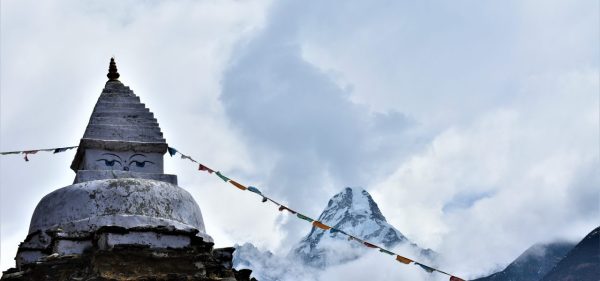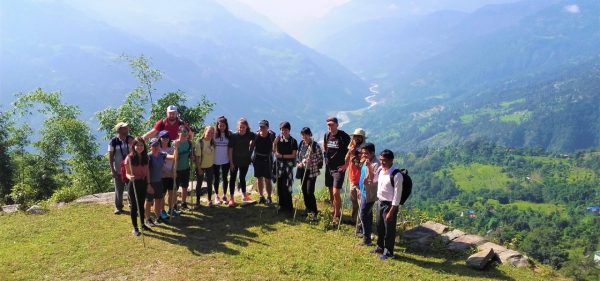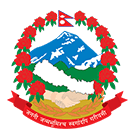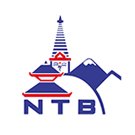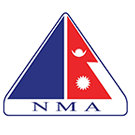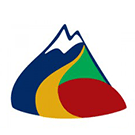Trip Facts
Trip Overview
Everest Base Camp Trek is the adventure of a lifetime for those whose dreams rise higher than even the clouds. The trek to Everest Base Camp is an amazing and challenging experience.
The journey starts in primeval Kathmandu, where you will explore the city at your leisure. Then, you trek to Everest Base Camp at 5,364 m to the foothills of the world’s highest peak. During the trek, you will stroll across airy suspension bridges to cross the fast-flowing Dudh-Koshi River. Get the opportunity to enjoy the amazing hospitality and friendliness of the Sherpa people throughout the trek. Undoubtedly, this trek allows you to immerse in the culture of the Khumbu region and relish solitude with the mountains. Also, the trek brings you through the heavenly landscapes of yaks grazing in the pastureland and the stone huts of migrants. Along the beautiful trekking paths, you’ll come across ancient monasteries, gompas, colorful Mani walls, unusual chortens, and fluttering prayer flags.
The blanketed forest of birch and bamboo trees presents a peaceful nature to trek through. The picturesque landscapes of Mount Everest and the adjacent peaks provide the perfect backdrop for the trek. Furthermore, the route is heavenly as you reach closer to the panorama of the highest peaks in the world. Khumbu Glacier started appearing to make the views more attractive. After an overwhelming time at EBC, you take an ascent to rocky Kala Patthar. You can see a rewarding view of Everest and many other massive white peaks in closer proximity. Moreover, you will stand on the highest point of the adventure at 5,545 m elevation. The scenery, as a whole, is undeniably mesmerizing.
After an extended day of trekking on mountain, trails, you will get a break at night in cosy, and clean mountain lodges. Enjoy the hand-picked and locally operated accommodations with local guides to make sure you get an authentic experience.
Everest Base Camp is an ideal option to trek with family, solo, or in school groups. Nepal Sanctuary Treks designs an itinerary that allows trekkers the proper time to acclimatize.
This is a sample itinerary of the Everest Base Camp Trek. We shall customise the program as per your needs and preferences.
Note: Below trekking hours, altitudes, and distances are approximate, and absolutely for the general idea only.


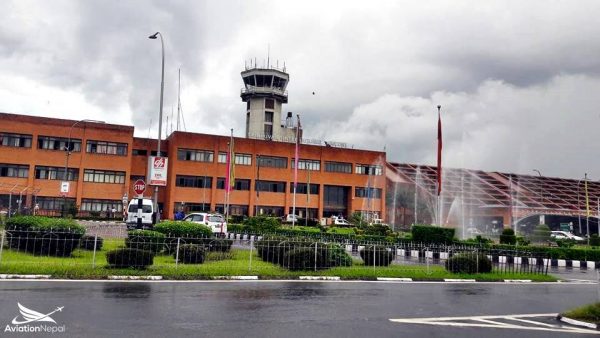
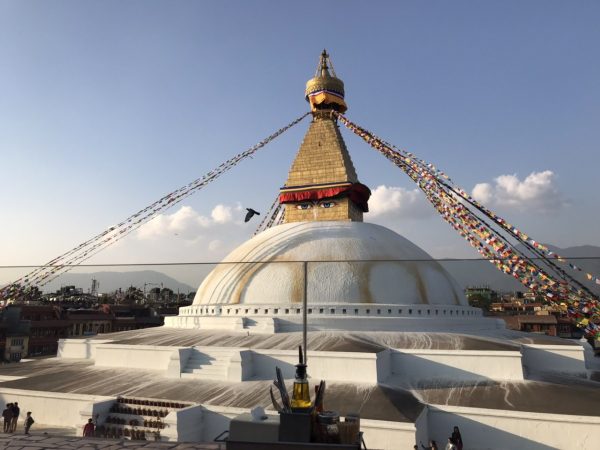
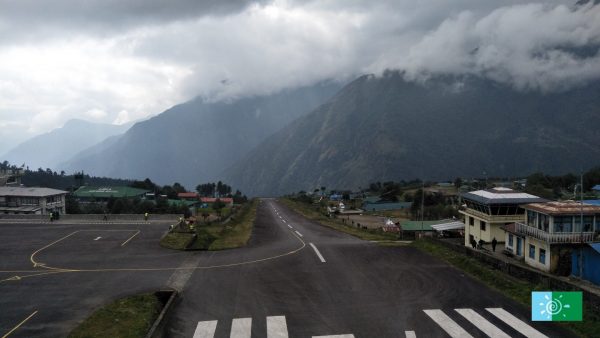
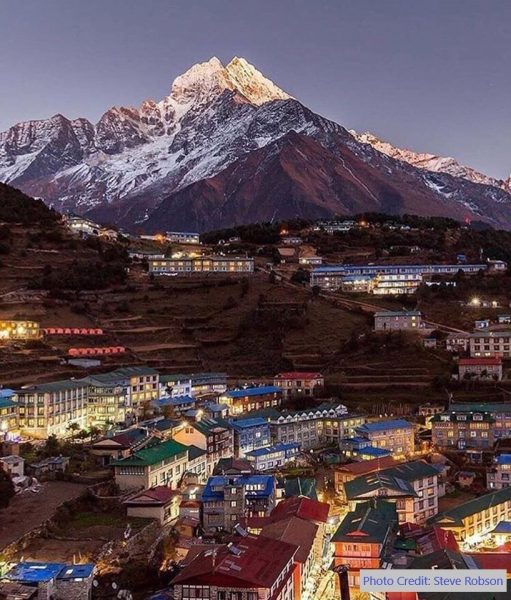

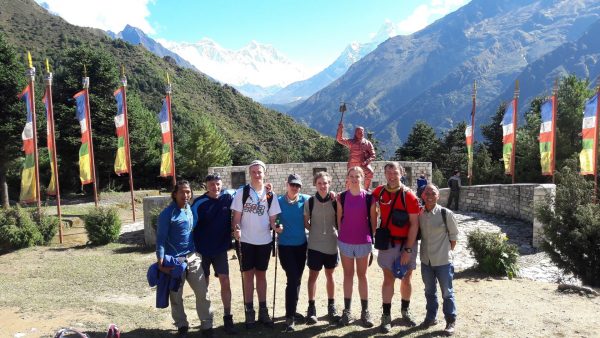
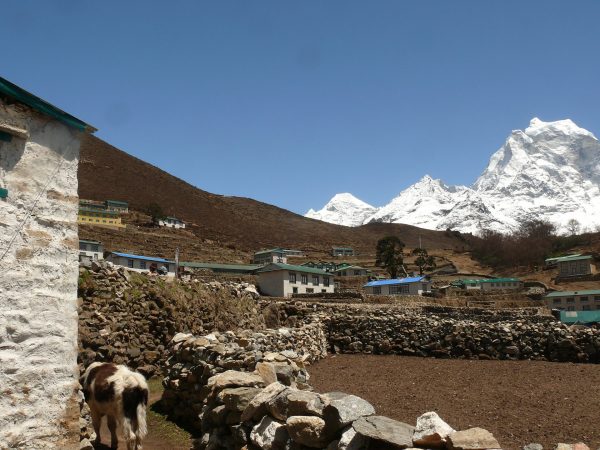
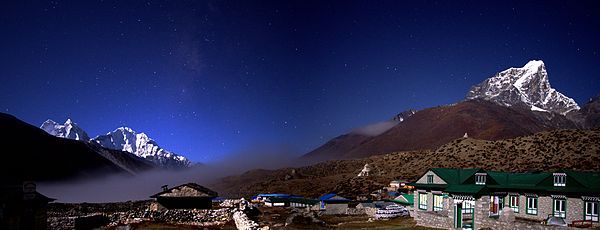
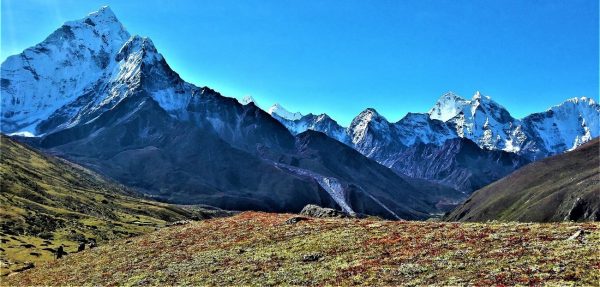
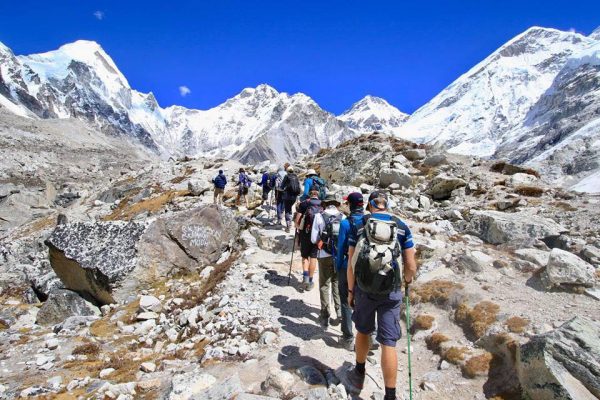
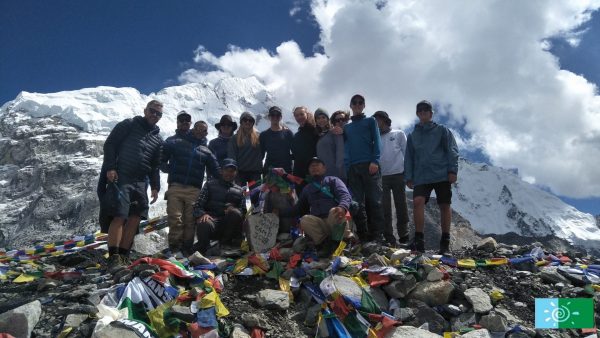
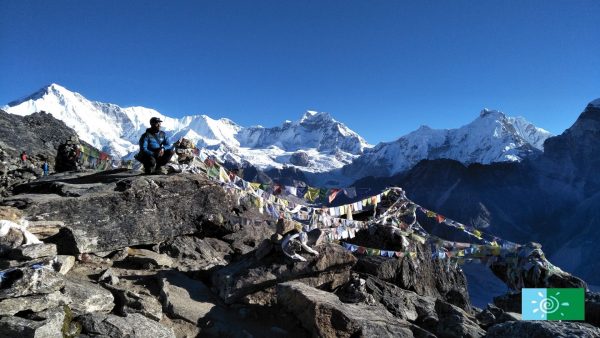
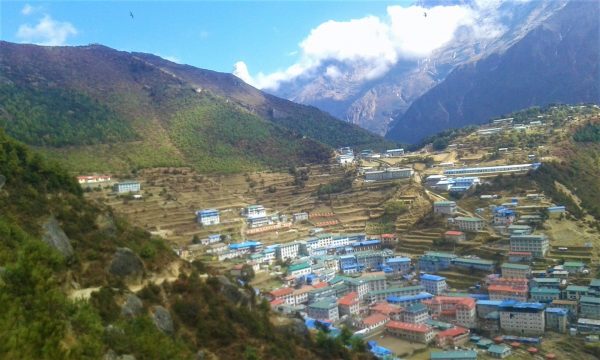
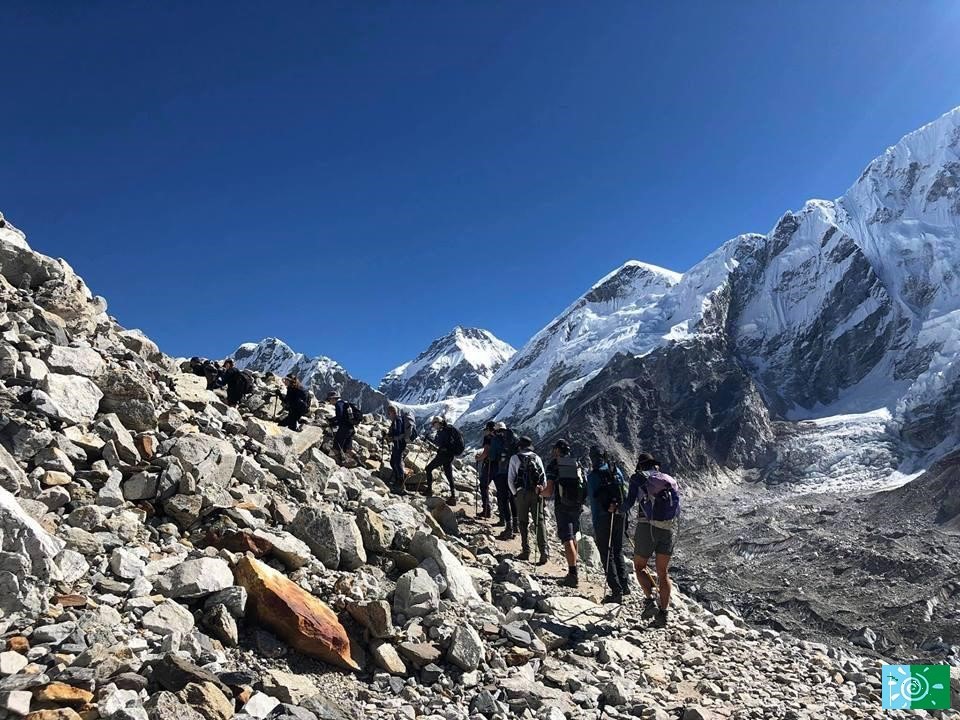
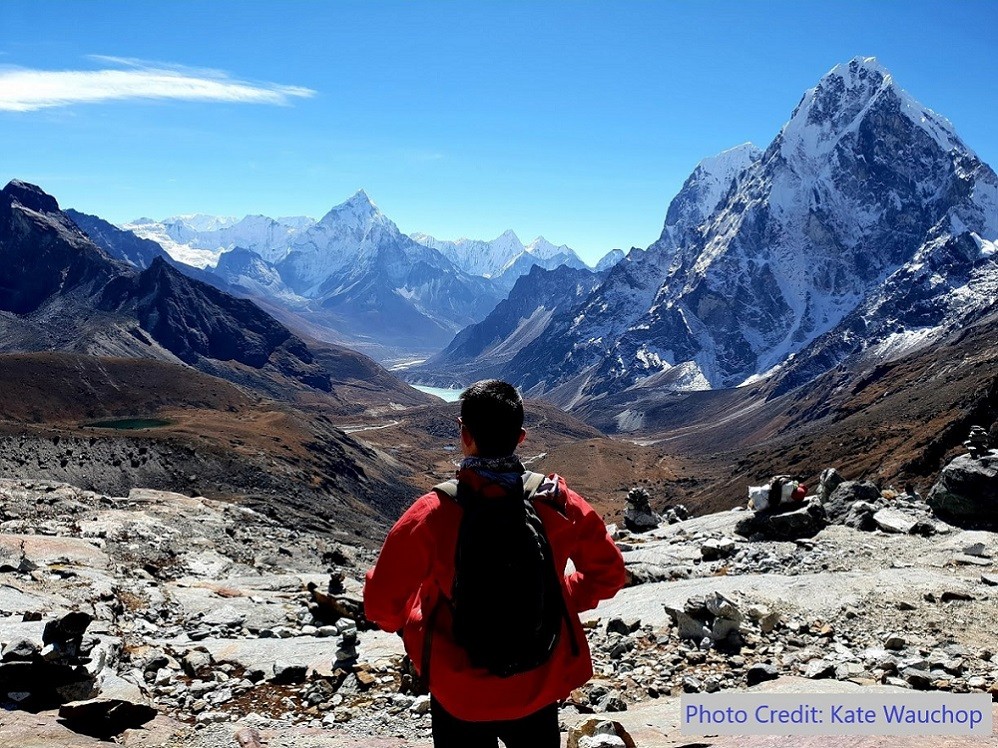
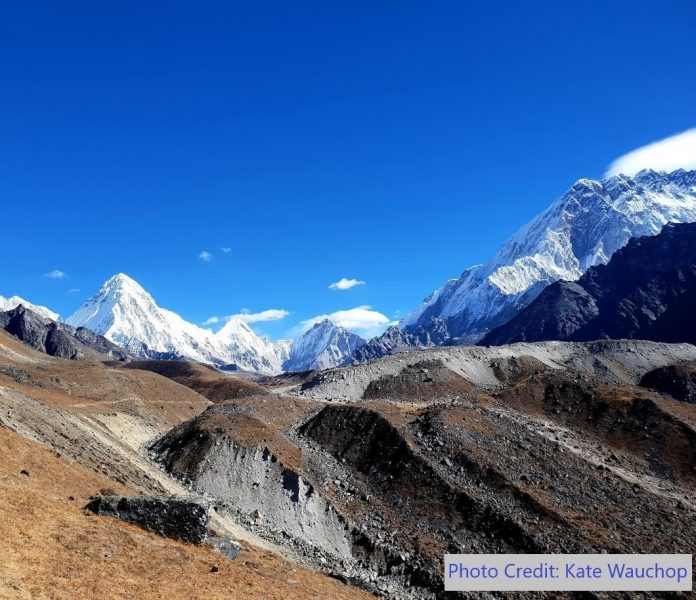
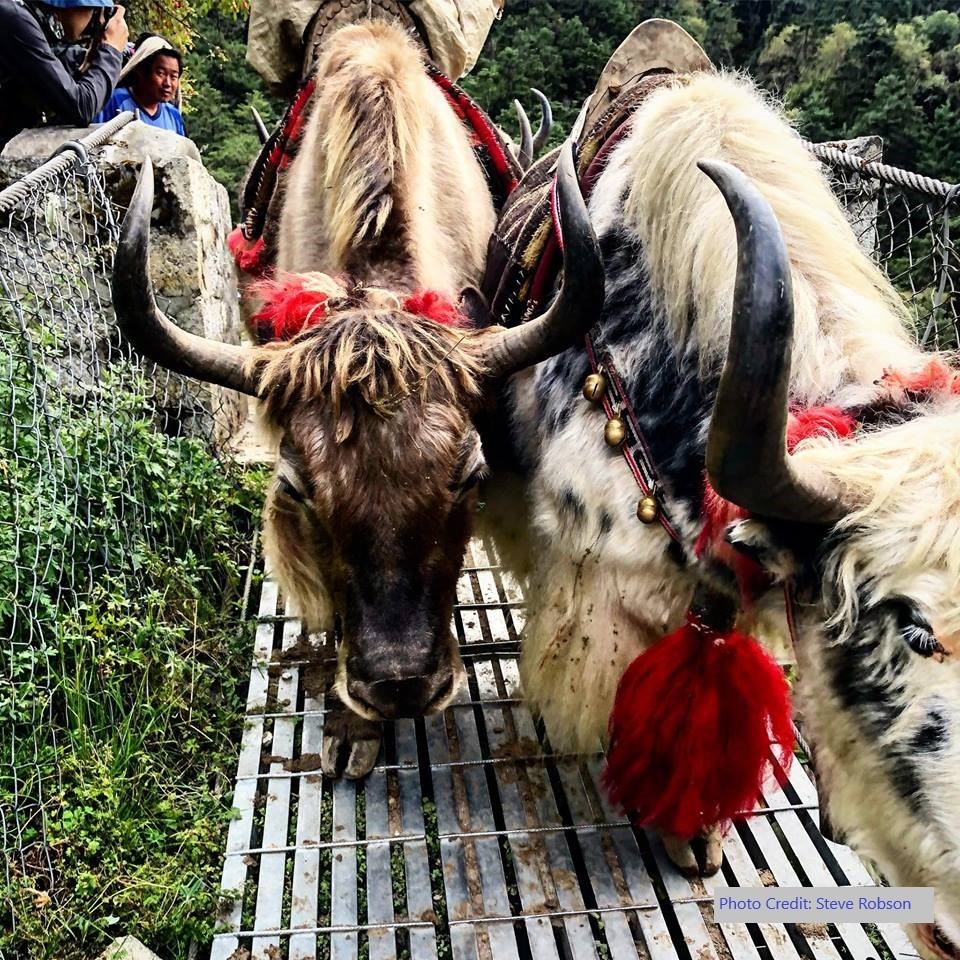
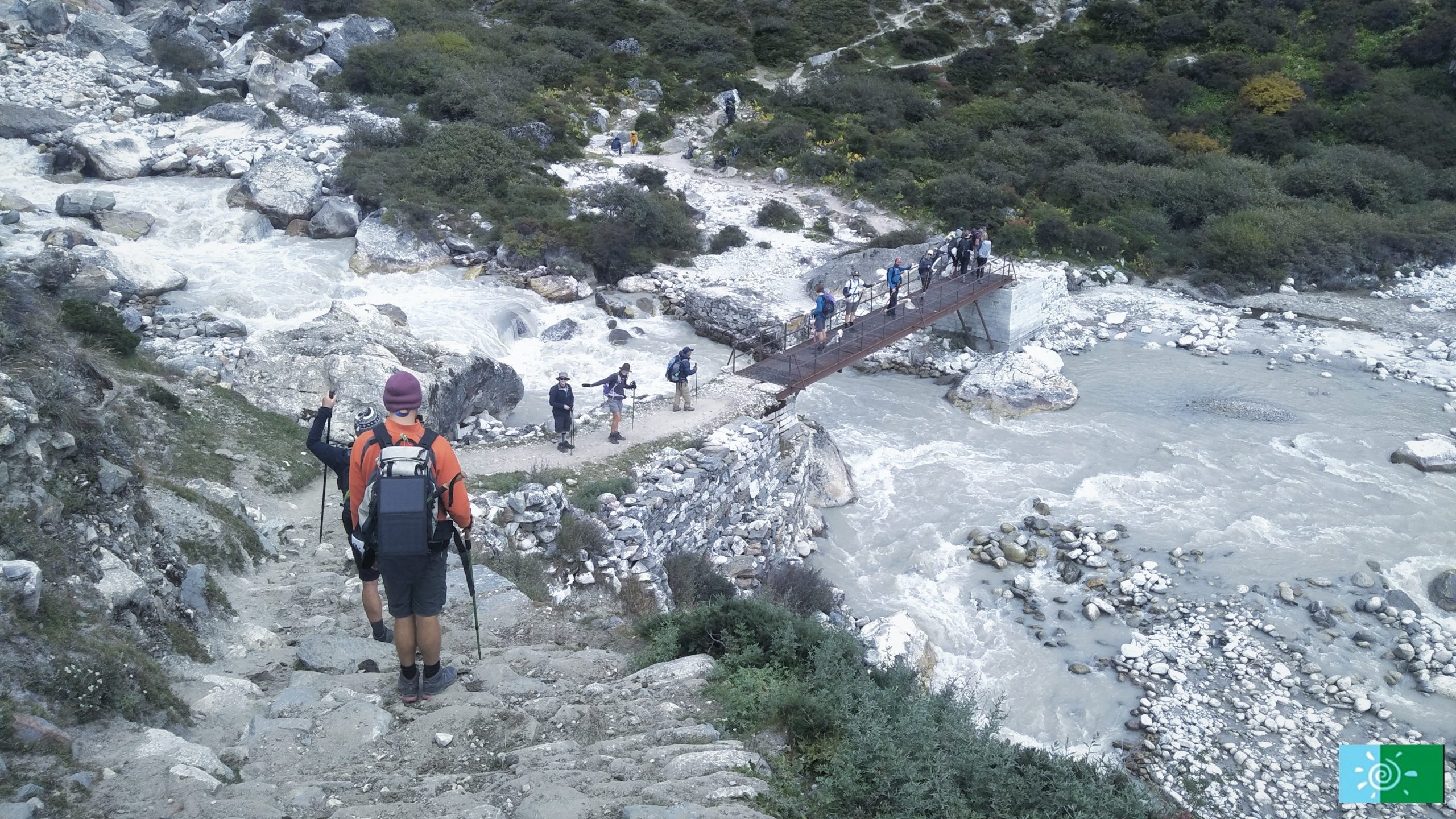
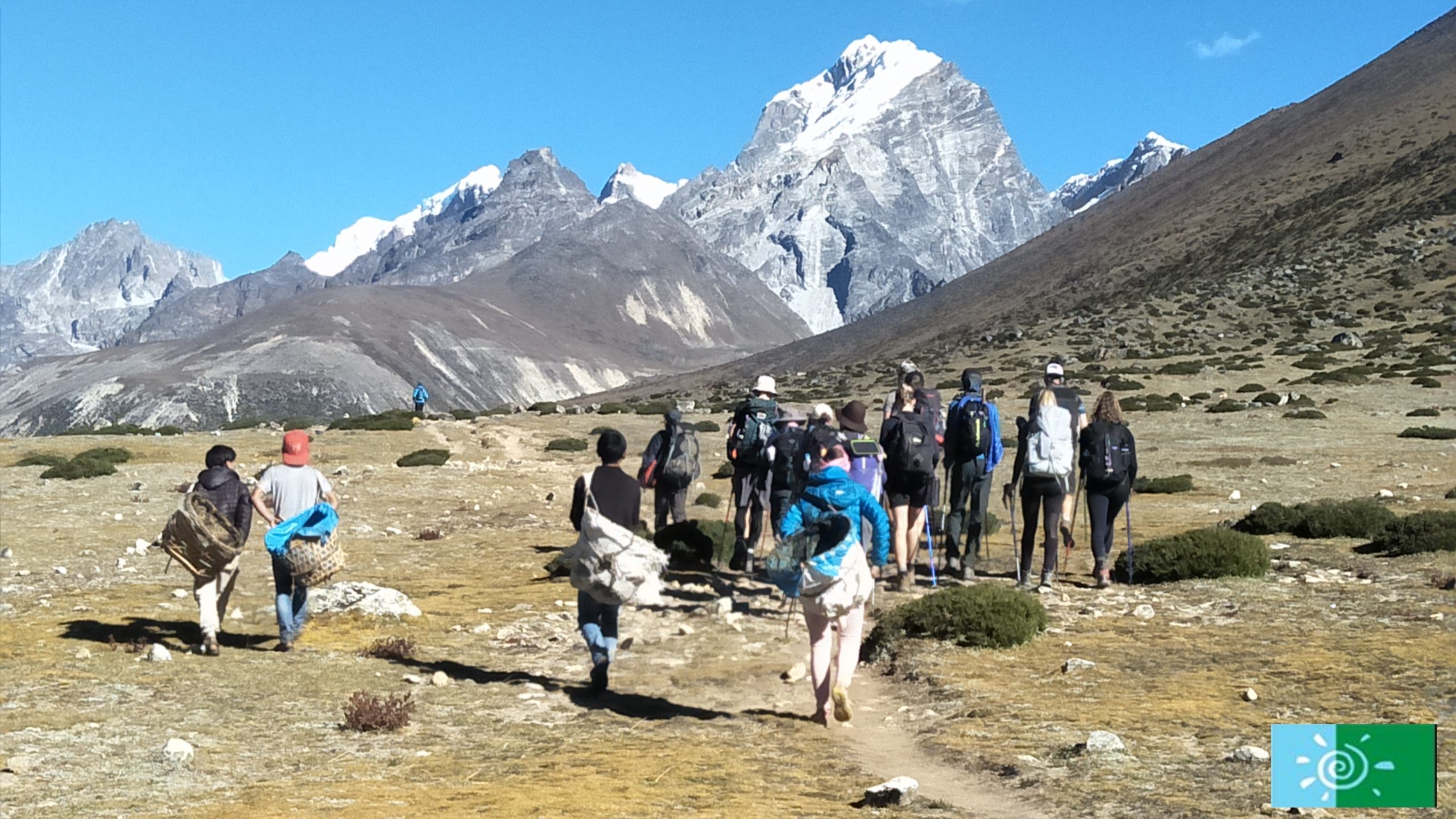
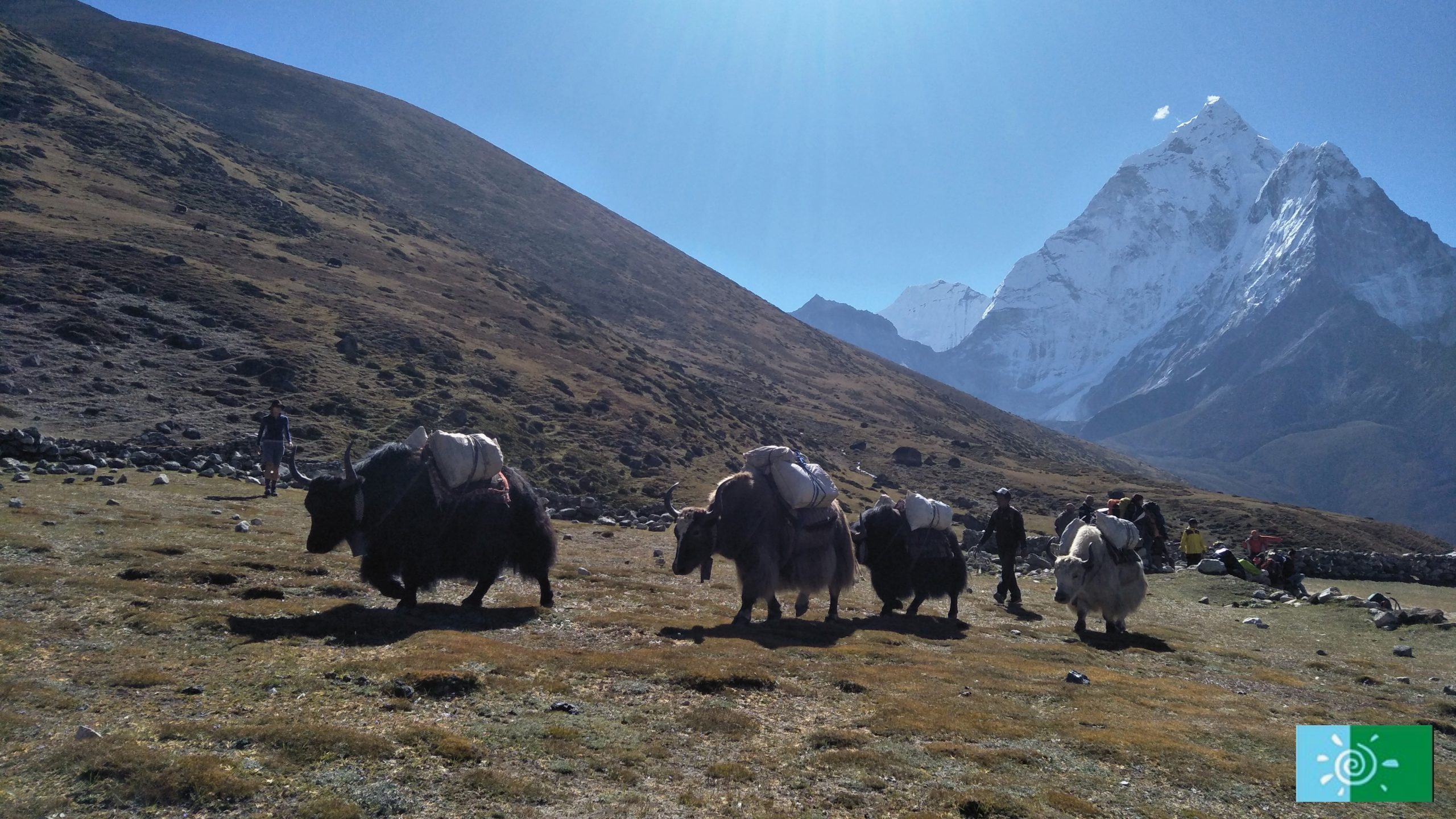
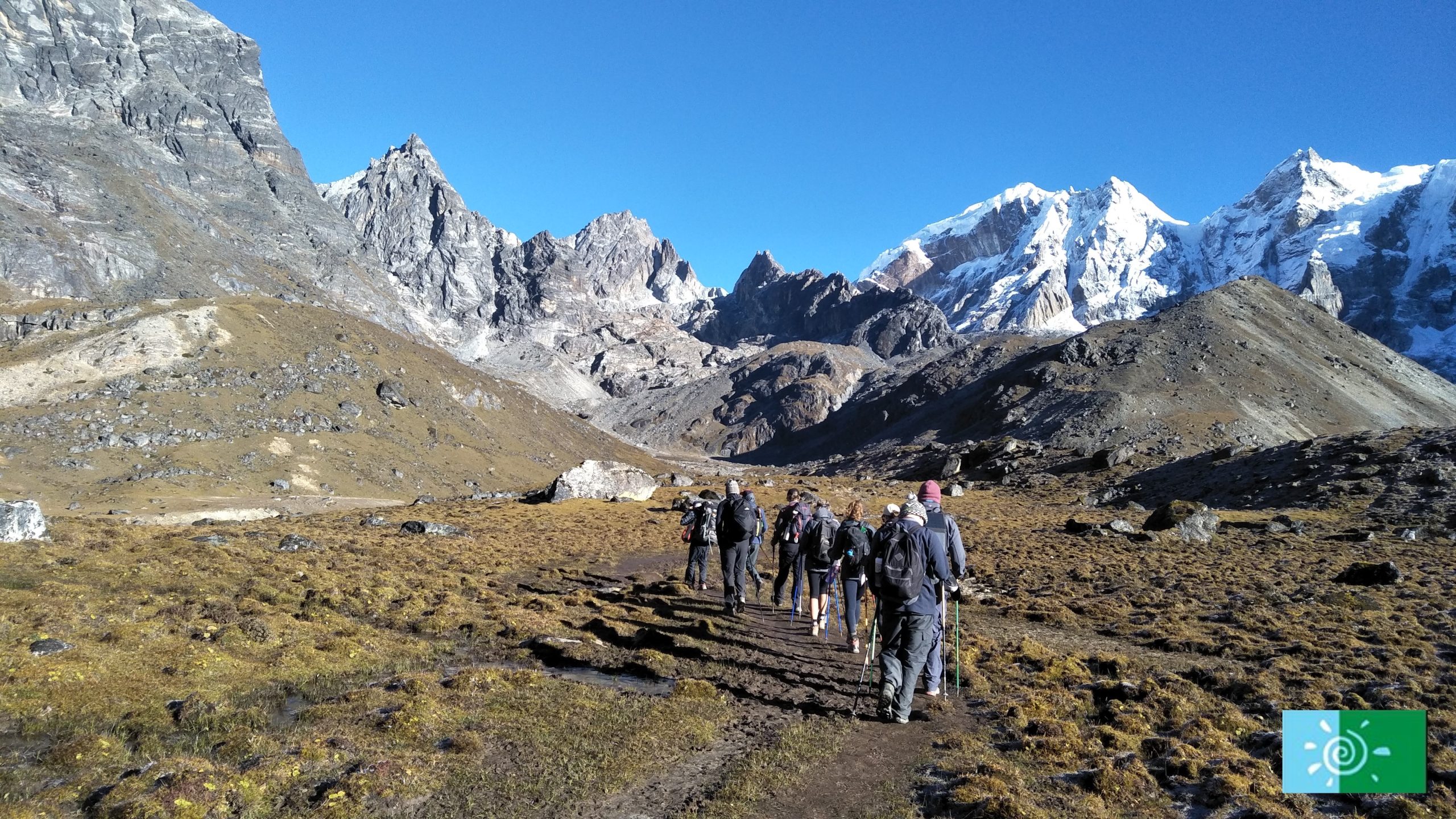
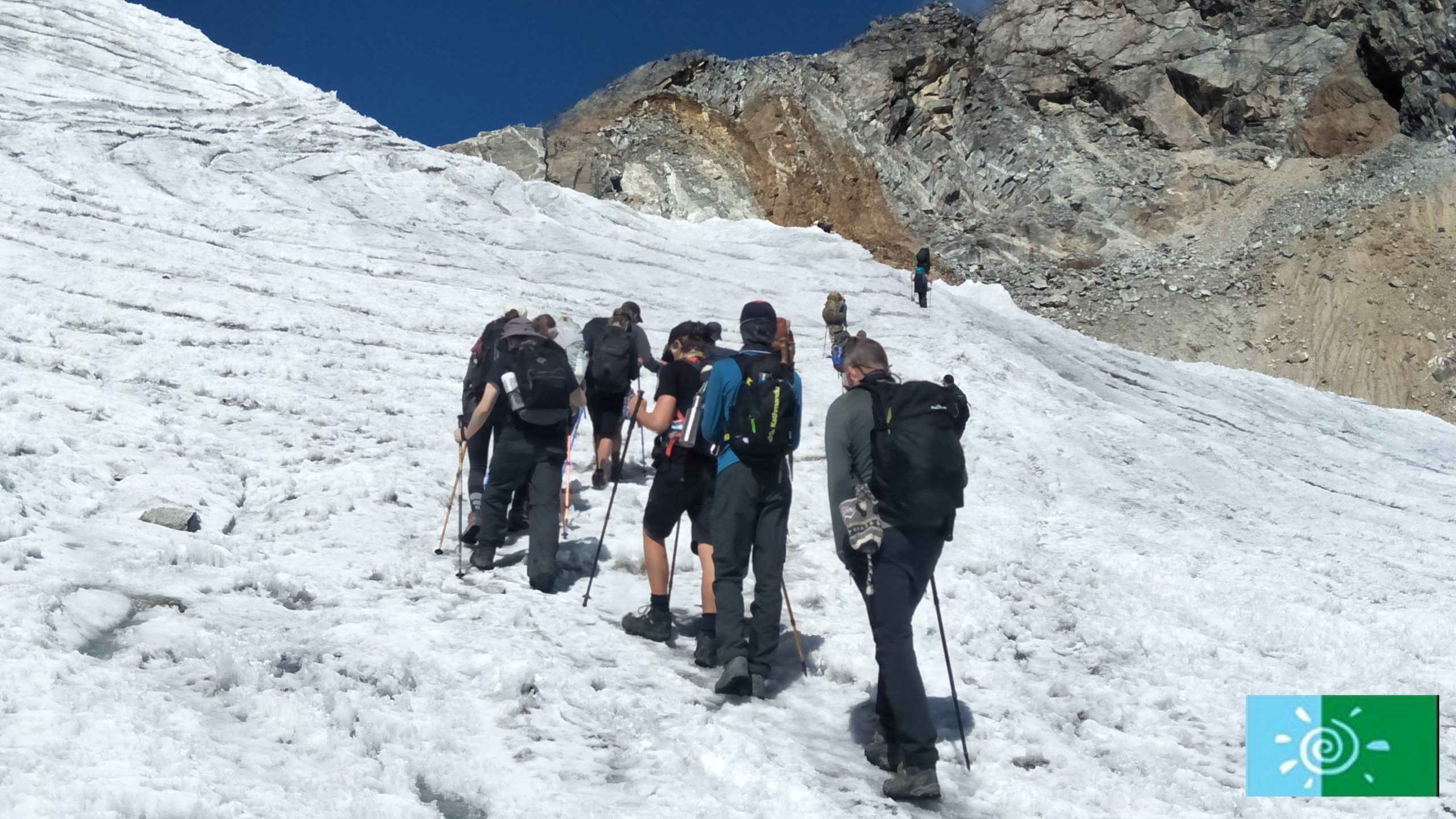
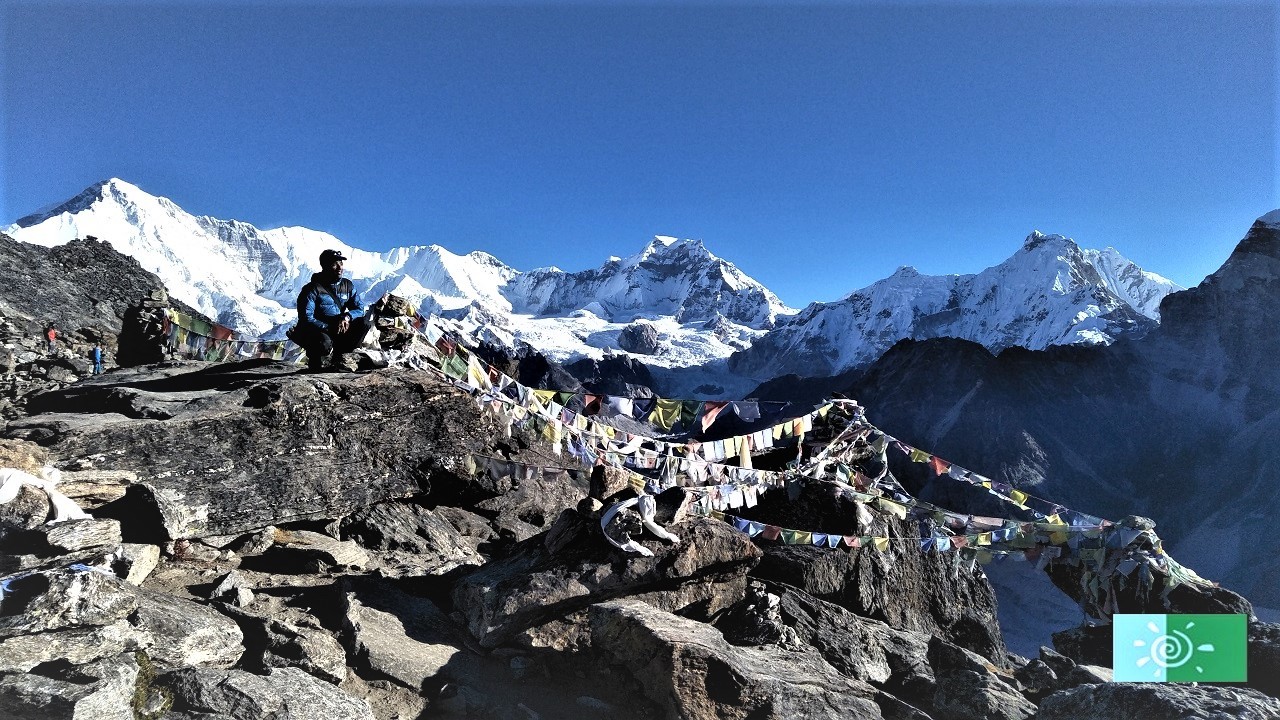
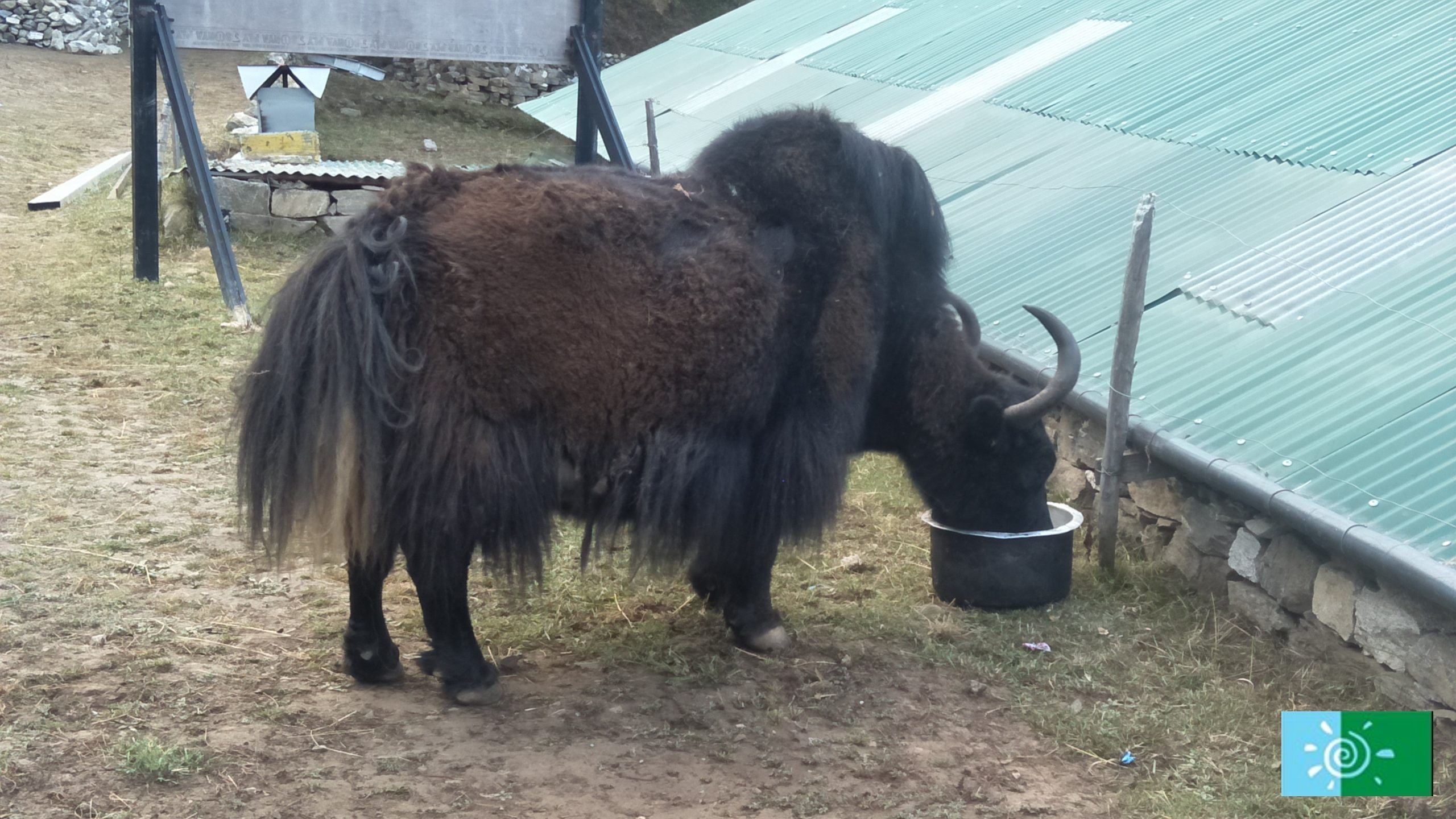
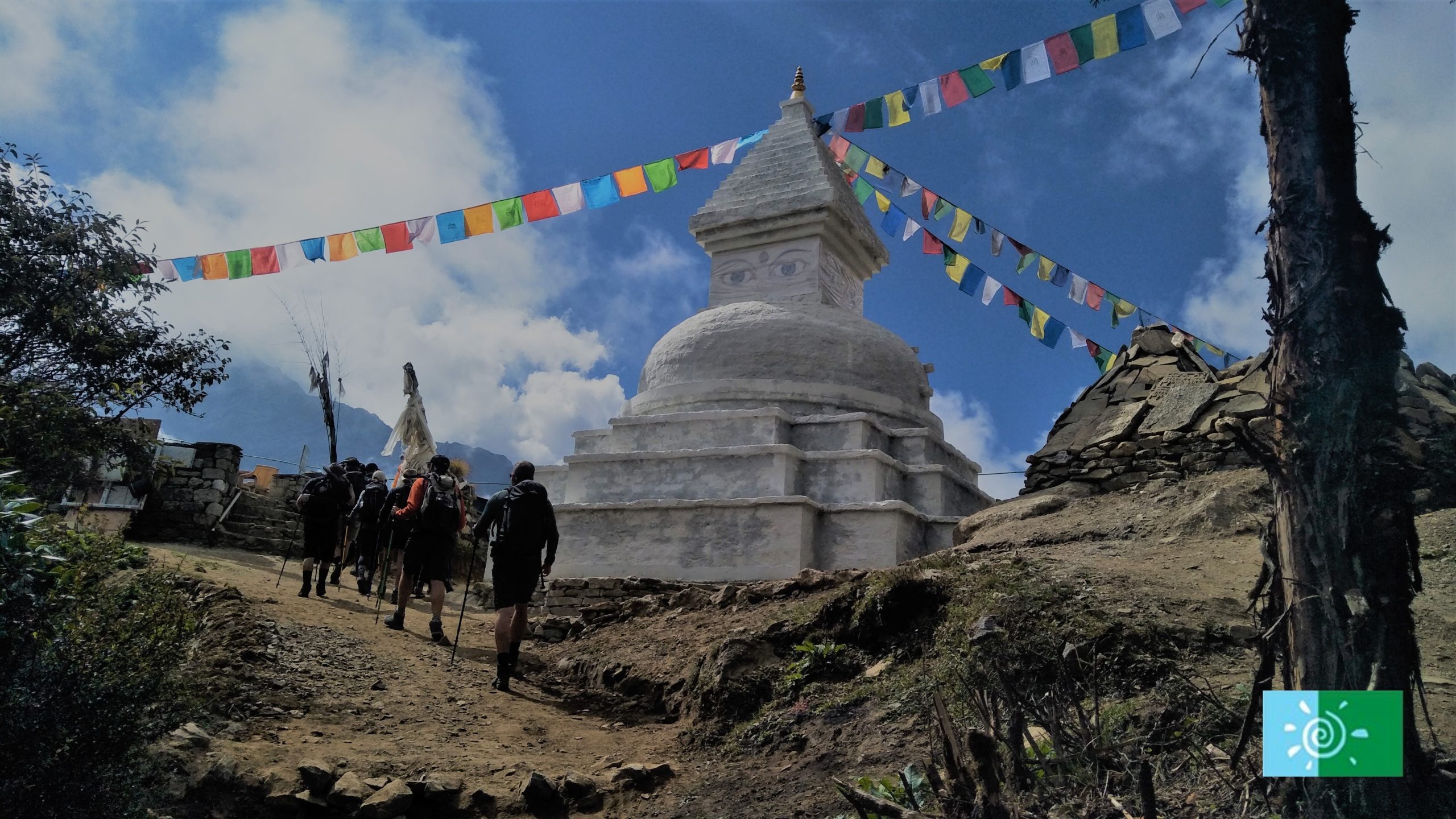
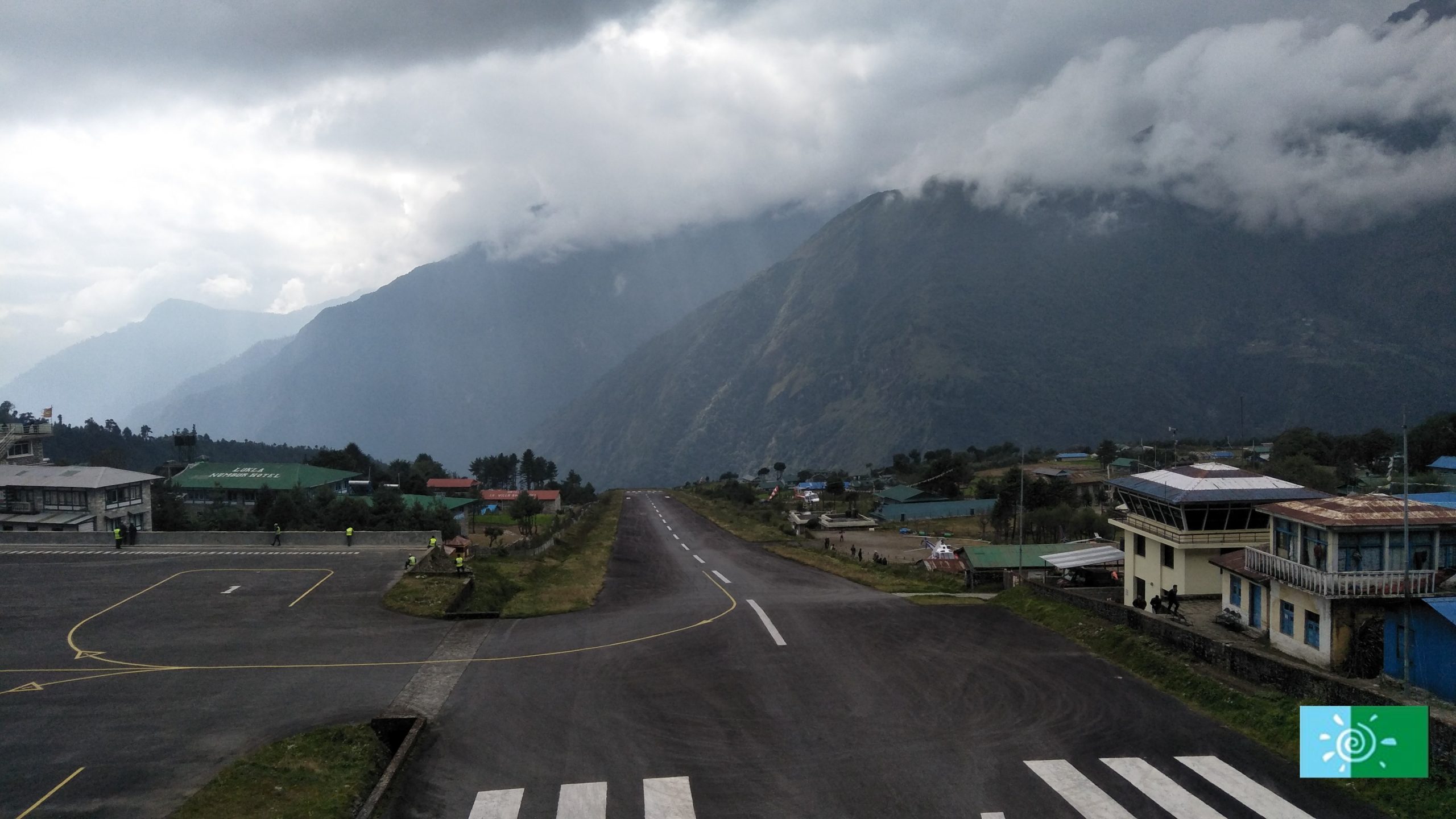

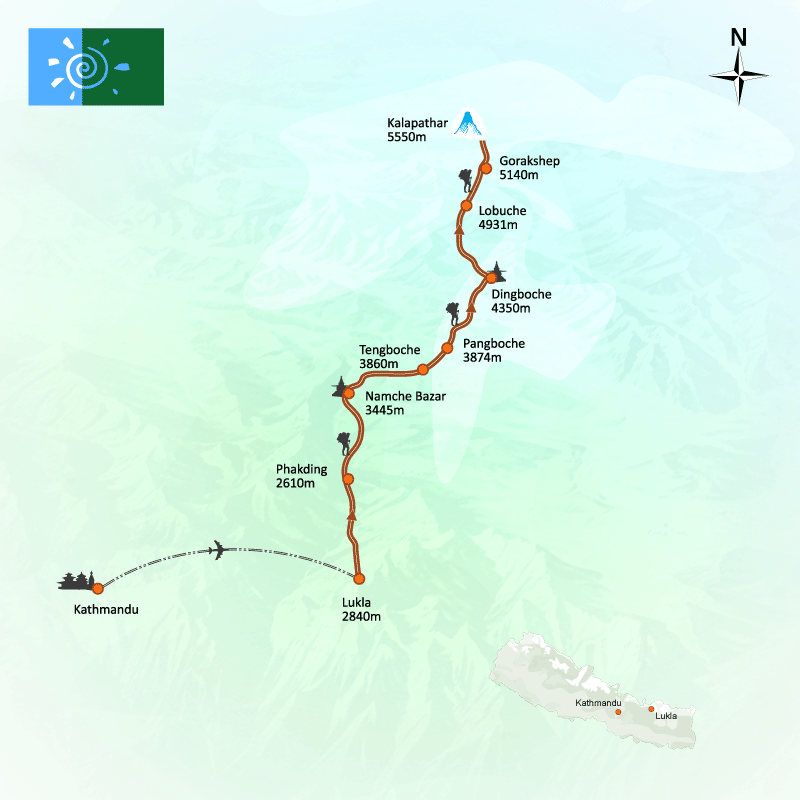
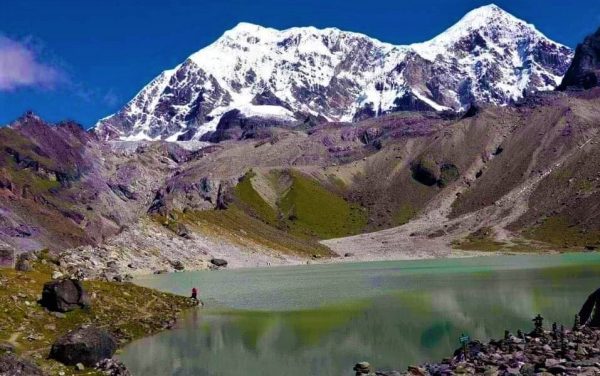
 Altitude:
4,600 m
Altitude:
4,600 m
 Difficulty:
Moderate
Difficulty:
Moderate
